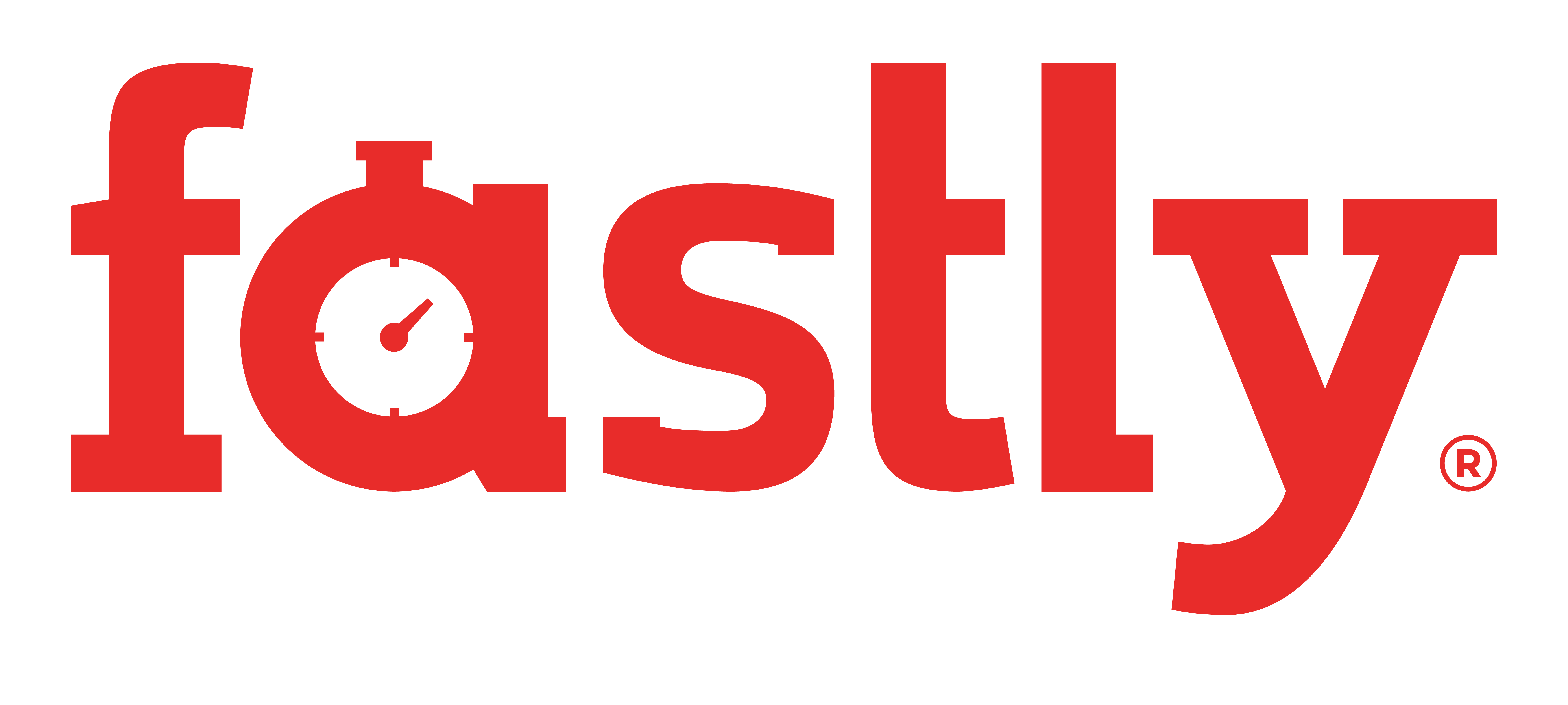Named Rubies
RVM allows you to install the same ruby multiple times using suffixes. This can be useful for a number of purposes, such as making and testing patches for a ruby itself. You may also want to read about how to patch and how to alias rubies.
Creating a named Ruby
The process is the same as installation, just use the -n {name} switch:
$ rvm install rbx -n default_19 -- --default-version=1.9 rbx-head-default_19 installing #dependencies ... $ rvm use rbx-default_19 Using /home/mpapis/.rvm/gems/rbx-head-default_19
or simply add a hyphen and the name as a suffix to a valid ruby version:
$ rvm install 2.1.1-named ... ruby-2.1.1-named - #configuring ... $ rvm use 2.1.1-named Using /Users/rys/.rvm/gems/ruby-2.1.1-named
Selecting names for your Rubies
There are strict rules for the names of named rubies. First, the name of a named ruby must match the following regexp pattern:
[[:alpha:]][[:alnum:]_]*
Second, the name must also not match any other version specifier, nor any of the following regexp patterns:
head system nightly preview.* rc[[:digit:]].* p[[:digit:]].* r[[:digit:]].* s[[:alnum:]].* tv[[:digit:]].* t[[:digit:]].* m[[:digit:]].* u[[:alnum:]].* a[[:digit:]][[:digit:]].* b[[:digit:]].* ruby rbx jruby macruby ree kiji rubinius maglev ironruby goruby
If the above list is incomplete or you find exceptions please feel free to contribute.

